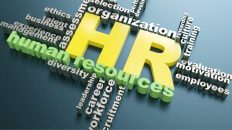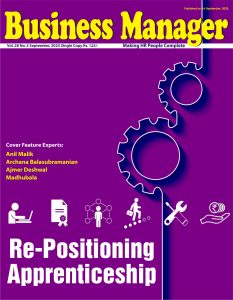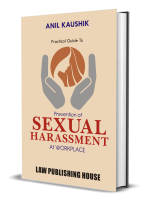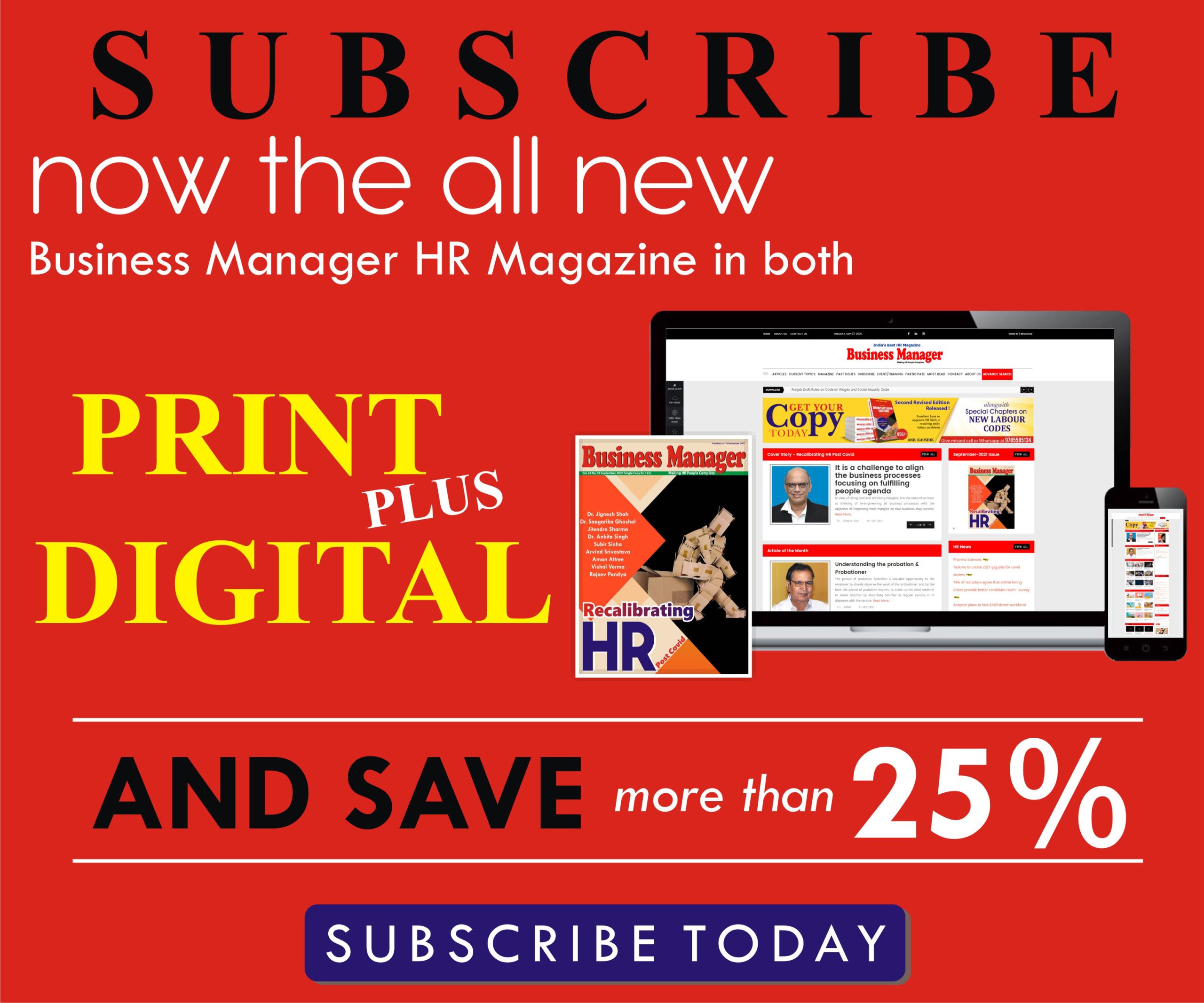In today’s world of work, diversity and inclusion (D&I) are no longer aspirational values—they are strategic imperatives that define how organizations attract, engage, and retain talent. As workplaces become more dynamic and heterogeneous, a deeper, more nuanced understanding of identity is crucial. This is where intersectionality—a term first introduced by legal scholar Kimberlé Crenshaw in 1989—serves as a transformative framework. It challenges us to recognize that individuals do not experience discrimination or privilege based on a single dimension of identity. Instead, they navigate the workplace at the intersection of multiple identities—such as gender, race, ability, class, and sexual orientation—that shape their lived experiences in powerful ways.
As custodians of culture and champions of people, HR leaders must move beyond broad D&I goals and embed an intersectional lens into the very fabric of our policies and practices. This evolution is not just necessary—it’s non-negotiable if we are to build workplaces that are truly inclusive, equitable, and future-ready.
Understanding Intersectionality in the Workplace
Intersectionality reveals that inequality is often layered, not singular. For instance, a woman may face gender-based challenges at work, but a woman from a marginalized caste background, who also has a disability, may experience multiple and compounded barriers that can’t be addressed through isolated diversity efforts. In the Indian context, factors such as caste, region, language, disability, and socio-economic status often intersect, creating complex experiences of inclusion or exclusion. Recognizing this nuance means moving beyond a one-size-fits-all approach and reimagining HR policies that acknowledge and respond to the multifaceted identities within our workforce.
Also read – Daughters and Succession: Rewriting the Rules of Family Business
How HR Can Operationalize Intersectionality
Rethinking Talent Acquisition with Equity at the Core
Modern recruitment must go beyond representation and intentionally address systemic disparities. Job postings should be reviewed for inclusive language and published on platforms that reach underrepresented talent pools. Leveraging blind recruitment tools can help mitigate unconscious bias in early screening, creating a more level playing field.
Ensuring Pay Equity and Inclusive Career Pathways
Compensation equity is foundational to trust. While many organizations address gender pay gaps, a truly intersectional approach requires regular audits that assess disparities across race, caste, disability, and more. Beyond fair pay, HR must enable transparent career advancement frameworks that recognize and address the varied obstacles faced by diverse employees.
Embedding Intersectionality into Learning Journeys
DEI training should not be episodic or surface-level. Progressive organizations are integrating intersectional awareness into leadership development and unconscious bias programs, helping teams understand how layered identities influence workplace interactions and outcomes. Learning must be ongoing, contextually relevant, and emotionally resonant
Enabling Employee Resource Groups (ERGs) with Purpose
ERGs are essential spaces for community-building and advocacy. However, to be effective, they must go beyond single-identity support. HR should facilitate intersectional ERGs—spaces where, for example, women or LGBTQ+ employees, or persons with disabilities, can voice their specific experiences and receive tailored support.
Prioritizing Inclusive Well-being and Mental Health
Well-being is deeply personal and shaped by lived experiences. Marginalized employees often navigate greater psychological stressors—microaggressions, identity-based exclusion, or lack of representation. Mental health support should be culturally sensitive, accessible, and reflective of the unique challenges faced by employees across intersections of identity.
Designing Flexible and Inclusive Benefits
Benefit structures must reflect the diversity of today’s workforce. This includes equitable caregiving leave, inclusive healthcare for LGBTQ+ individuals, accommodations for neurodiverse employees, and support for families in all forms. HR must design policies that are adaptable, not prescriptive, and rooted in empathy and equity.
Looking Ahead: Intersectionality as a Strategic Lever
The future of work demands that we do more than celebrate diversity—we must operationalize inclusion through the lens of intersectionality. By crafting policies that recognize overlapping identities, we send a powerful message: every individual matters, every experience is valid, and every employee deserves the opportunity to thrive.
Intersectionality is not a challenge—it is a call to deepen our empathy, sharpen our strategy, and reimagine workplaces where equity is not episodic, but embedded. As HR leaders, our responsibility is to be architects of this future, crafting policies that reflect many voices, enabling one unified yet inclusive human experience at a time.
Stay connected with us on social media platforms for instant updates click here to join our LinkedIn, Twitter & Facebook









